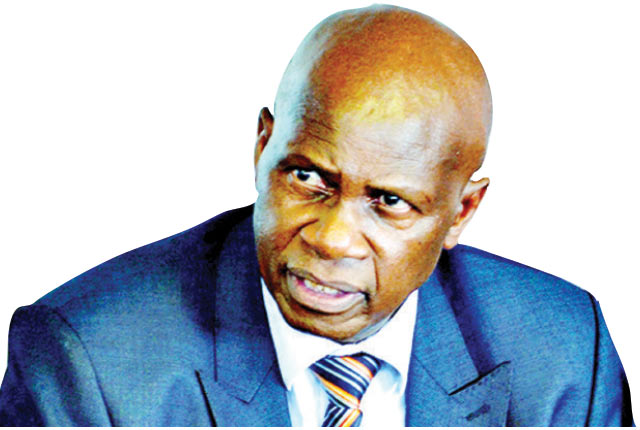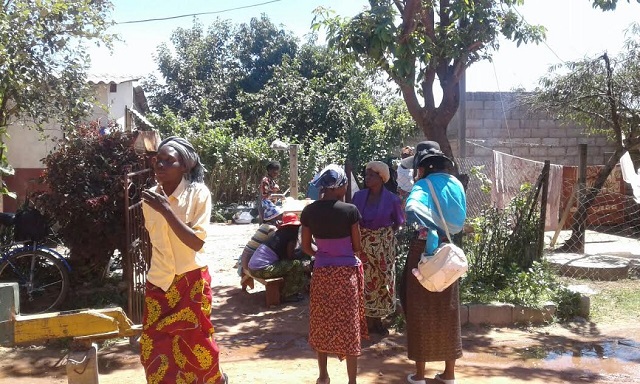Gold output drops Small scale miners hardest hit

Prosper Ndlovu, Business Editor
ZIMBABWE recorded 11 percent decline in gold deliveries in the month of February after heavy rains disrupted most mining activities across the country.
Several mining firms, particularly small scale miners, have temporarily shelved operations due to flooded shafts as some incur huge costs trying to drain water. As rains continue, experts have warned that the trend could cripple first quarter earnings for the mining sector, a key foreign exchange earner in the country.
In the face of a biting liquidity crisis, Zimbabwe pins its hopes on increased mining exports, particularly gold and platinum, as well as improved agricultural yields, which are expected to ease the import bill and rejuvenate processing industries.
According to Fidelity Printers and Refiners, the Government sole buyer of the yellow metal, gold sales for the month of February stood at 1 454, 99kgs (1,5 tons), a decline of 11,12 percent from a January record of 1 636, 51kgs (1,6 tons).
The report shows primary producers recorded a sharp decline of 16,8 percent while small scale miners suffered a 3,8 percent slump. In the month of January primary producers produced 922.99kgs and 768, 33kgs in February with small scale in January recording 686,60kgs.
This means in the first two months the country recorded three tons in gold deliveries, which is a fraction when compared to the 28 tons target set by the Government this year. The figures show a 10 percent decline in gold sales when compared to the same period in February 2016.
While year 2017 had started on a positive note, experts say incessant rains have adversely affected gold production. In a comprehensive technical report on the situational analysis in the gold sector, the Zimbabwe Miners Federation (ZMF) said small scale gold producers have been adversely affected by incessant rains since January.
“The majority of miners who are mining in shafts have faced the biggest challenge of water flooding the shafts to the top, many shafts range from a depth of 15m to 50m vertical and inclined shafts stretch to 150m,” said ZMF.
“Shafts on fried rocks have since collapsed due to the incompetent rocks. Roads to the mines have been washed out, causeway bridges washed away making it impossible for miners to access their mines.
“Ore transportation is a challenge by transporters who are scared of the mud and sinking for some who are already stuck. Pumping water has tripled the cost as the ground is water logged.”
A few weeks ago, AIM-listed Vast Resources also reported that production at its Pickstone-Peerless gold mine in Chegutu declined by 11 percent due to continued rains. The firm said increased rains had disrupted mining and milling operations since December 2016.
The situation has also seen some mining entities reportedly struggling to pay workers who are employed on contractual basis.
According to ZMF, about 80 percent of miners in Matobo District, Matabeleland South, for instance, have ceased operations while those who used to produce 1kg a month are getting 100 grammes.
The development also threatens livelihoods given that hundreds of people eke a living out of small scale mining.
In Lower Gweru, Midlands Province, miners who used to produce between 70 grammes-100 grammes per month are producing an average of 12 grammes.
Out of 30 miners only five are active, said ZMF. In Gwanda and Mberengwa, an average of 10 percent of miners are reported active after heavy rains pounded the southern region.
In Bubi, Matabeleland North, Mphoengs and Shangani in Matabeleland South, miners are also facing challenges of flooding in the shafts. Miners have also suffered loss and damage to crucial machinery such as compressors, generators, water pumps and jack hammers, which they claim to have been submerged in water inside shafts.
According to ZMF, the approximate cost of pumping water using two horse power pumps is $100 for eight hours. In some areas water is unmanageable due to loose rocks and miners fear incidents of shaft collapse.
Commenting on the situation, ZMF spokesperson Mr Dosman Mangisi recommended urgent measures to assist miners with technical support systems.
“We need to assist miners with water pumps so as to de-water the flooded working areas. We need to find cost effective milling centres near the primary gold miner so as to reduce transport costs and improve viability as road access is always hampered by rains,” he said.
“Technical advice and basic training is of great need to our small scale miners to have viable mining projects, which will make them realise more so as to mine cost effectively.”
In his 2017 national budget statement, Finance and Economic Development Minister Patrick Chinamasa projected that the mining sector would grow by an average 0.9 percent.
He said Government would continue to engage with the mining industry in consideration of adopting supportive interventions to ensure viability.
These include review and standardisation of Rural District Council fees and charges and further review of Environmental Management Agency charges.









Comments